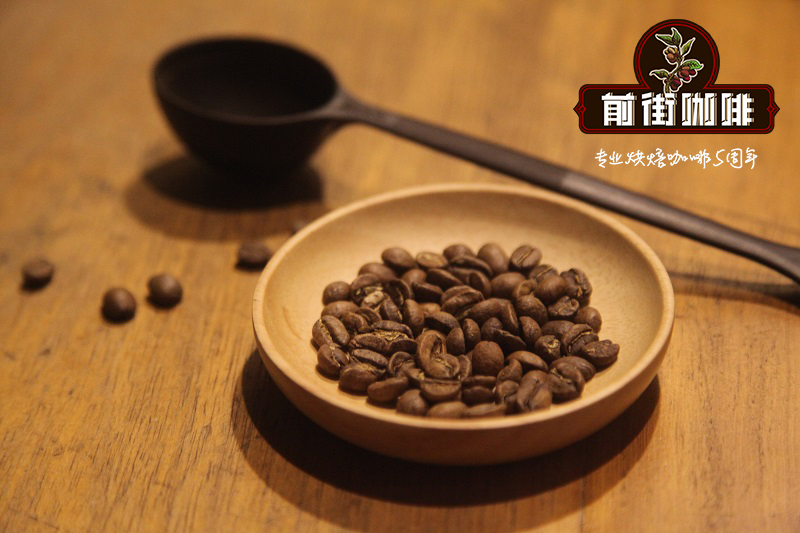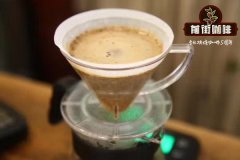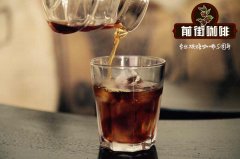Comparison among solarization, water washing and honey treatment what is the effect of peeling on flavor

The advent of honey processing began in the 1990s with the advent of pulped natural in South America and Brazil, a processing revolution aimed at a compromise between washing and tanning.
In the end, how does honey treatment differ from traditional sun exposure or water washing? The following words are all related to honey treatment, and we can understand the differences from these words to describe honey treatment: pseudo-natural (pseudo-sun), semi-dry (semi-dry), mucilage-dried (pectin drying), honey process (honey treatment).
1. [pseudo-sun and semi-dry]: the first characteristic of honey treatment is dry processing after peeling. Dry means no touching water throughout the process, and it also means dry fermentation (which is different from the washing and soaking fermentation process of water washing).
As for half, it means that its post-production is almost the same as the sun-tanning method, except for the new link of "peeling", so this construction method in Brazil is more bluntly named peeling solarization (pulped natural).
two。 [pectin drying]: mention the second feature of honey treatment: "keep coffee pectin" for drying. This link also means that it is fundamentally different from the water washing method, because the water washing must wash off the pectin before entering the drying process.
3. [honey treatment]: it is mentioned that the third feature of honey treatment is to improve the stweetness of coffee beans through the improvement of this process. Therefore, it tastes sweet, which is the distinct flavor feature of this kind of coffee beans.
To sum up, the three major features of honey treatment technology are: peeling and leaving glue, dry processing, and sugar retention. Then I will explain these characteristics one by one.
The starting point of processing: peeling
From picking a coffee cherry, the coffee seed begins the processing journey. No matter what the post-processing process is, the final product is the coffee bean at the core of the coffee fruit.
During the whole processing journey, how to treat the ingredients (peel or pectin) outside the coffee beans will greatly affect the final flavor of the coffee as a whole.
No matter what kind of coffee processing, the peel, pectin and shell will eventually be removed before they can enter the baking process, but these coffee fruit components that are destined to be removed, just because the time of removal is different, this leads to a significant difference in the final flavor characteristics of coffee beans.
The sun drying method is to remove the pectin from the peel until the end of the drying. Washing is to remove the peel first and get rid of the pectin before drying after fermentation. Honey treatment is to remove the pericarp before entering fermentation, and to get rid of pectin when shelling.
Honey treatment is a post-processing process that requires higher maturity of coffee cherries than sun or water washing.
Then we're going to talk about why the skins of some coffee cherries are not removed when they pass through the peeling machine.
In fact, the design principle of the peeling machine is to separate the loose skin from the glued beans by extrusion. The reason why peas can be easily separated is that when the coffee fruit enters the ripening stage, it produces an enzyme to soften the connection between the pulp and pectin.
In this case, you can take mango as an example. if you get an unripe mango, its skin is not easy to tear, but if you tear it hard, it will pull out some of the flesh, but the flesh of a really ripe mango can be easily separated. So the ease of tearing off the skin represents the maturity of the fruit to some extent.
We can think about our life experience again. Are those green mangoes that are difficult to separate from each other astringent and fragrant? In contrast to those ripe mangoes, the flesh is easy to peel off and full of aroma. Coffee fruit is similar to this.
The peeling machine for coffee fruit is not a kind of plane, it is not removed by peeling, it is removed by the principle of extrusion. So if your coffee cherries aren't ripe enough, squeezing alone won't easily remove the skin.
One factor in honey processing research and development, in addition to increasing the consideration of sweet flavor quality, another motivation is to shorten the drying period in order to reduce time and labor costs.
Drying has always been an important part of coffee making, because beans are not dry enough to be put away, stored or sold. But the dryness is very dependent on heaven to eat.
The longer the drying time required by the post-processing method, the higher the risk of being affected by the weather, unless you choose to use machine drying (although machine drying is also a controversial way of drying).
If it is dried entirely by the sun, the drying time is the longest because the cherries are dried with skin. Honey treatment is dried because the flesh is removed first, and the time required is in the middle. Washing rule because of peeling and gluing, the drying time is the shortest.
Less drying time means beans can enter the market earlier. In the same harvest season, it takes only one week for washing beans to be put into production, two to three weeks for honey treatment, and at least one month for sun-dried beans.
The post-production method of shorter production hours, which increases the speed at which coffee products enter the market for cash, has great implications for farmers.
And the shorter the drying time, the lower the risk of drying failure affected by the weather, which is also of economic benefit to farmers, so there is a great incentive for farmers who are used to sun exposure to switch to honey treatment.
Brazil is a big country in the sun, so the research and development of peeling and tanning in Brazil is related to the purpose of shortening the drying time.
Another benefit of peeling is to make coffee less uncertain during fermentation.
Fermentation has always been an important reason for the final flavor of coffee beans, improper fermentation, light flavor points, heavy defective beans lost money.
Whether in the sun, water or honey treatment, coffee beans will go through the fermentation process before entering the drying process, but different treatments, the substances involved in the fermentation are different.
The more substances that affect flavor participate in fermentation, the more complex the flavor composition becomes and the more difficult it is to control. Sun-dried beans participate in the fermentation of the most substances, so the flavor combination is the most difficult to control.
In contrast, honey treatment and washing only use pectin to participate in fermentation. The difference between honey treatment and water washing is that honey-treated pectin is retained until the end of drying, while water washing is washed and removed immediately after fermentation.
Important Notice :
前街咖啡 FrontStreet Coffee has moved to new addredd:
FrontStreet Coffee Address: 315,Donghua East Road,GuangZhou
Tel:020 38364473
- Prev

The new breed of coffee resistant to leaf rust in Manor Manor got a high score of 90 in Nicaragua's Excellence Cup Competition.
The new coffee variety, called Centroamericano, is a F1 mating variety that scored 90 points in the Excellence Cup and was awarded the highest honor of the Presidential Award. This coffee won the second place in the Excellence Cup and came from Mr. Moreno's Bull Manor. Bull Manor is located in the northern province of New Serbia in Nicaragua, near the border with Honduras. The jury came from nine countries.
- Next

Why do some people drink coffee to refresh themselves, while others get more and more sleepy?
The phrase "Don't drink coffee, you can't sleep" is intended to exaggerate the refreshing effect of coffee, but many people have such doubts after drinking coffee: the more refreshed others drink coffee, the more sleepy they become. What on earth is the reason for this? Did you drink fake coffee? Why do people get drunk the more they drink coffee? The scientific explanation is the lack of dimension in the body.
Related
- Beginners will see the "Coffee pull flower" guide!
- What is the difference between ice blog purified milk and ordinary milk coffee?
- Why is the Philippines the largest producer of crops in Liberia?
- For coffee extraction, should the fine powder be retained?
- How does extracted espresso fill pressed powder? How much strength does it take to press the powder?
- How to make jasmine cold extract coffee? Is the jasmine + latte good?
- Will this little toy really make the coffee taste better? How does Lily Drip affect coffee extraction?
- Will the action of slapping the filter cup also affect coffee extraction?
- What's the difference between powder-to-water ratio and powder-to-liquid ratio?
- What is the Ethiopian local species? What does it have to do with Heirloom native species?

